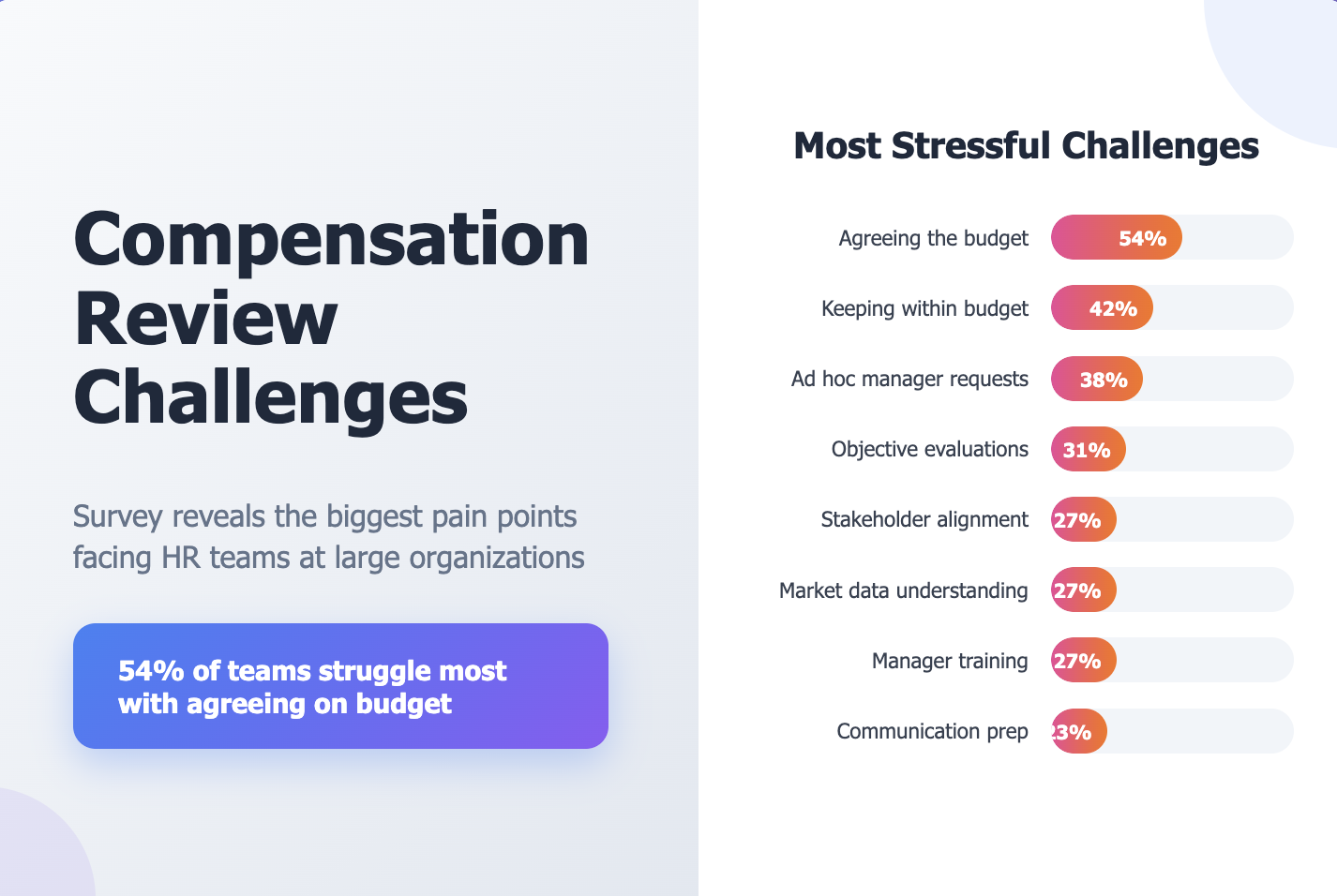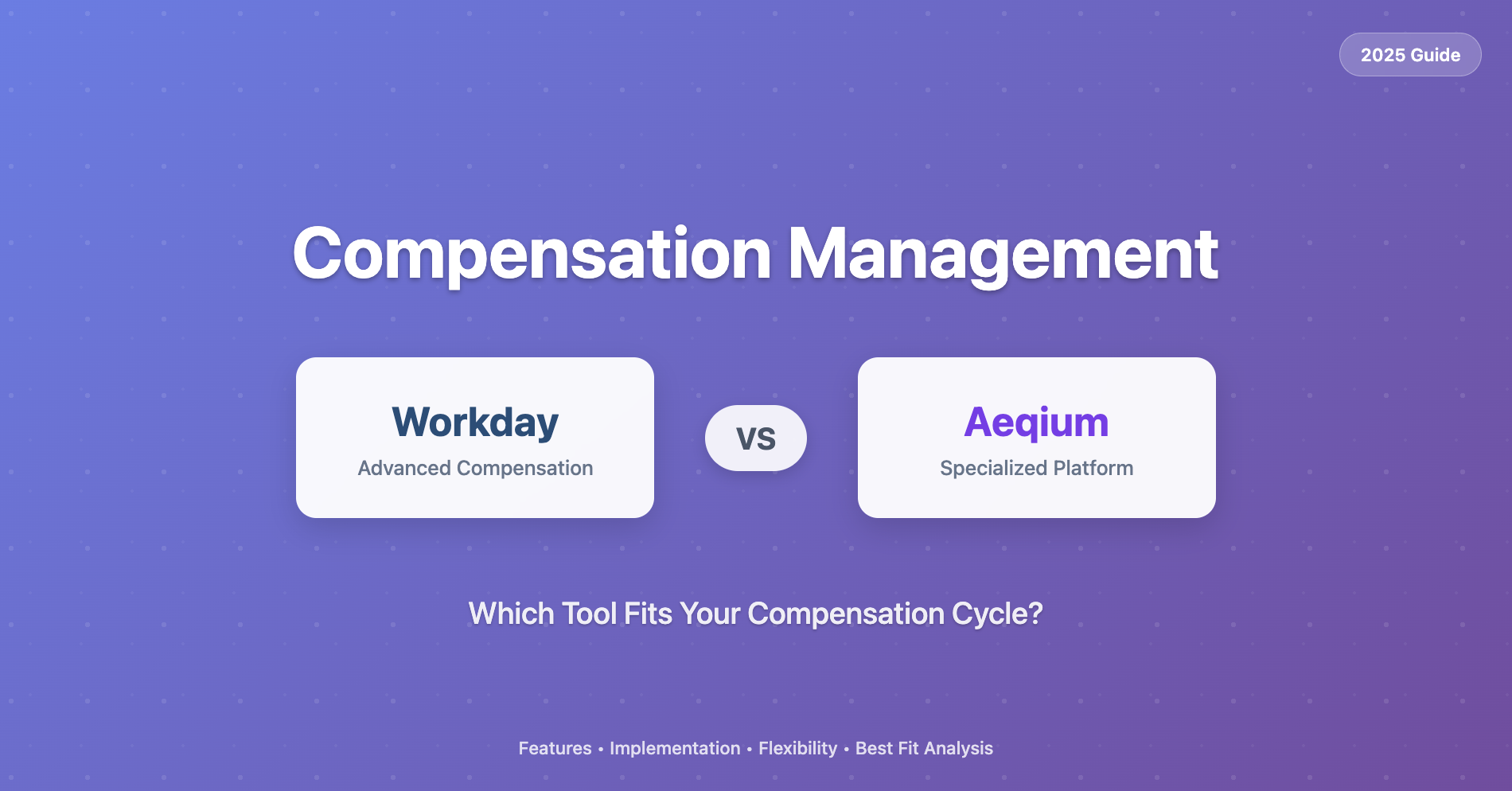Who Needs Equity Refreshes?
.avif)
Ensuring Long-Term Employee Motivation with Equity Refreshes
A common scenario in a growing startup: Your business is scaling rapidly, and you’ve brought on dozens of employees over the past few years. These employees all received equity grants at the time of hire, and as time passes, many have vested significant portions of their ownership. Now, these tenured and valuable team members face a critical question—what’s next?
To maintain engagement and retain top talent, it’s essential to implement an establish an equity program. However, deciding who receives additional equity requires a strategic, data-driven approach. Below are key scenarios where equity refreshes are most needed.
Key Scenarios for Equity Refresh Grants
1. Employees with Too Little Equity Vesting in the Coming Year
Employees who will vest relatively little in the upcoming year are at immediate retention risk. If your compensation bands re properly structured, you should have predefined guidelines for how much equity an employee at a given level should vest annually.
🔹 What to do: Identify employees below the expected vesting threshold and consider an equity refresh grant to keep them on track with market expectations.
2. Employees with Too Little Equity Left to Vest Overall
Some employees may still have significant vesting this year, but their equity will drop off in the near future. What will a rational employee do in this case? Many will start exploring external opportunities rather than waiting for an uncertain grant renewal.
🔹 How to prevent attrition: Track employees' total remaining unvested equity and ensure they maintain at least 50% of the equity value that a new hire at their level would receive. This ensures equity remains a meaningful component of their compensation.
3. Employees Who’ve Been Promoted
Promotions signal an employee’s increasing value and responsibility within the company. However, if their equity grant does not reflect their new role, they may feel undervalued.
🔹 Best practice: Issue an additional equity grant upon promotion to align their compensation with their higher level of responsibility. If an employee is close to their next scheduled refresh, it may be reasonable to wait a few months, but avoid excessive delays that risk disengagement.
4. Top Performers Whose Equity Is Underwater
In cases where a company’s valuation declines, employees’ stock options may become underwater (meaning the strike price is higher than the current stock value). This creates significant attrition risk, especially for top performers.
🔹 Retention strategy: While you may not have the budget to make everyone whole, prioritize top performers and bring them as close to their compensation band as possible within financial constraints.
Building a Strong Equity Refresh Strategy
A well-structured equity refresh program proactively accounts for these scenarios, ensuring employees feel fairly compensated while mitigating retention risks. If your startup is still in the process of formalizing an equity grant system, use these data-backed insights to identify and address equity gaps in your team.
📊 Want to optimize your equity compensation strategy? Explore Aeqium’s compensation tools to analyze, plan, and adjust equity refresh grants effectively! 🚀




